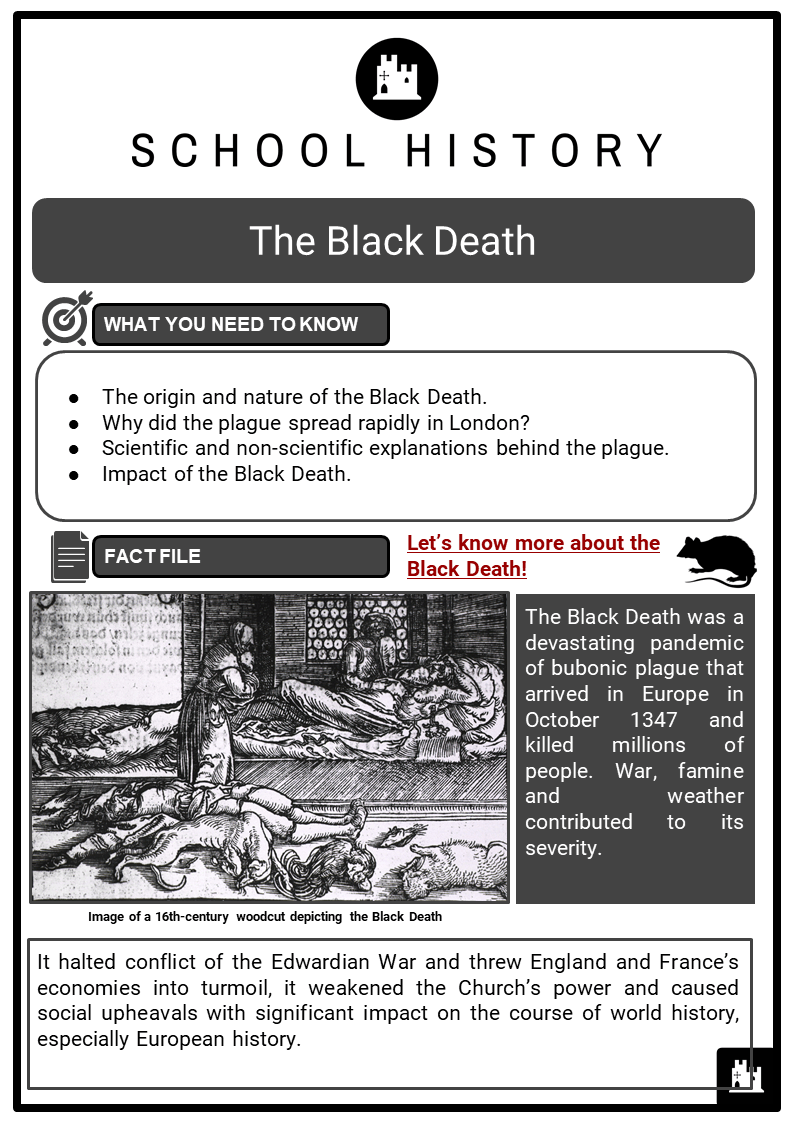

The 3,000 strong Jewish population of Mainz initially defended themselves and managed to hold off the Christian attackers. This was followed by the destruction of Jewish communities in Mainz and Cologne. In the spring of 1349 the Jewish community in Frankfurt am Main was annihilated. Within the 510 Jewish communities destroyed in this period, some members killed themselves to avoid the persecutions. Many hundreds of Jewish communities were destroyed in this period. While the ashes smouldered, Christian residents of Strasbourg sifted through and collected the valuable possessions of Jews not burnt by the fires. 2,000 Jews were burnt alive on 14 February 1349 in the "Valentine's Day" Strasbourg massacre, where the plague had not yet affected the city. In 1349, massacres and persecutions spread across Europe, including the Erfurt massacre, the Basel massacre, massacres in Aragon, and Flanders. Shortly afterward, violence broke out in Barcelona, Spain, and in other Catalan cities. The first massacre directly related to the plague took place in April 1348 in Toulon, Provence, where the Jewish quarter was sacked, and forty Jews were murdered in their homes. Jews were also sometimes coerced through torture to confess to poisoning wells. Since many Jews chose not to use the common wells of towns and cities. This is likely because they were affected less than other people, Jews were often taken as scapegoats and accusations spread that they had caused the disease by deliberately poisoning wells. As the plague swept across Europe in the mid-14th century, annihilating nearly half the population, people had little scientific understanding of disease and were looking for an explanation. In practice, however, Jews were often targets of Christian loathing. Through the combination of image and story I hope to offer up the theory that the horse is not just a horse but the plague itself and its passing is not a sad affair but the end of the Black Death.The official policy of the Roman Church, reasoned in part because Jesus was Jewish, was to protect Jews. This painting offers a grim depiction of an emaciated horse ridden by a skeleton carrying a wagon of skulls and is playing on the popular imagery of Death riding a pale horse from the book of Revelation. This Folktale is accompanied by a detail from Pieter Bruegel the Elder's 1562 painting "The Triumph of Death". I have paired together both the narration of the story and the fiddle song because together they make the story complete. There is an associated fiddle ballad know as "Førnesbrunen" in which the hoof beats of the horse can be heard in the melody of the song as well as the slowing of the horse as it succumbs to exhaustion. The story of the "Horse that Carried the Corpses Across the Mountains" details the events surrounding a mysterious horse who carries the corpses of plague victims to a church many miles away.
Black death medieval manuscripts full#
Even its full geographic extent is still unknown: we are only now beginning to engage with scientific and documentary evidence.” For these questions, we currently have no definitive answers. Such questions about its aftermath are important, of course but so, too, are questions of why and how the pandemic happened in the first place and how it was sustained. Its demographic effects are well known (particularly with respect to Western Europe), and there is a considerable body of historical scholarship on population losses and the economic and political changes that ensued. The Black Death killed an estimated 40% to 60% of all people in Europe, the Middle East, and North Africa when it first struck there in the mid-fourteenth century. But when expressed as a percentage of the population, the mortality caused by the Black Death is the highest of any large-scale catastrophe known to humankind, save for the impact of smallpox and measles on indigenous peoples in first-contact events of the early modern period.

Total (absolute) mortality would be higher from several nineteenth-century cholera outbreaks, the 1918–19 influenza pandemic, or the current HIV/AIDS pandemic. 750), which has been called the First Plague Pandemic, the Black Death or Second Plague Pandemic was likely the first semi-global phenomenon that fully merits the name-affecting “all people” (pan + demos).


 0 kommentar(er)
0 kommentar(er)
